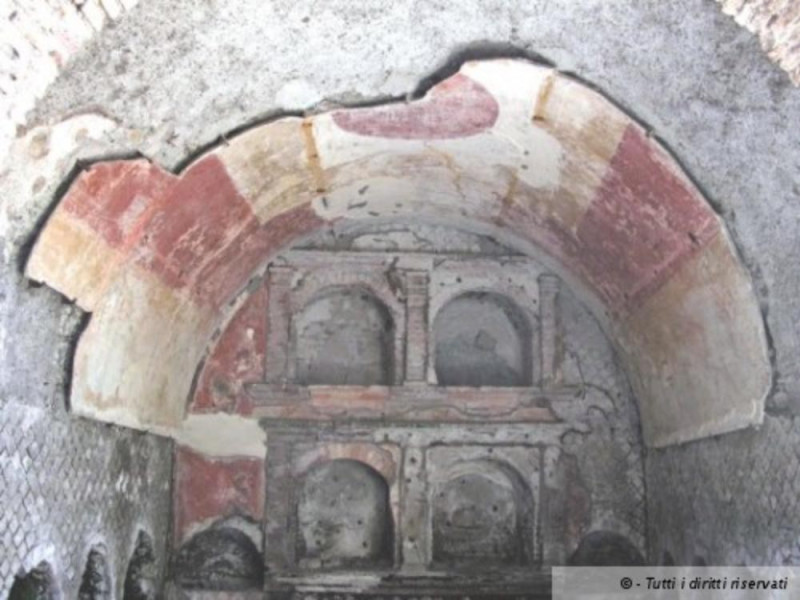Necropoli della Via Laurentina
The Necropolis, already known in 800, was excavated by Guido Calza in the first three decades of the last century. The core of the complex revealed develops at the intersection of Via Laurentina and a road that runs east-west direction. Dating back to the first phase Republican era, the necropolis was used until the third century AD. Continuous infiltration of water from underground necessitated a raising of the level of the cemetery, the graves so that the most recent to the oldest exploiting overlapped often foundations.
The type of construction adapts to the needs of worship and reflects the changing uses and burial customs. The rite of incineration, which is prevalent between the end of the Republic and the Claudian, gradatametne is supplanted by that of interment with striking variations in the use of the interior spaces of the cells. Various testimonies are particularly relevant for cremation with burial monuments in square work, fences aa open, chamber tombs, niches occupied by internally designed to accommodate, in jars of clay, the ashes of the deceased that could be burned on site in special enclosures with rounded edges (ustrina). The courtyards often housed water wells, plans for cooking food and counters intended for ritual ceremonies and banquets. As is the case in other cemeteries in the gradual prevalence of inhumation rite of incineratorio that led to an architecture less capricious and more severe, with the match, in the later tombs, usually placed on higher levels of employment, arcosolia intended to welcome the deceased, deposed sometimes in marble sarcophagi or less valuable materials such as terracotta.
The cemetery contains many inscriptions relevant to the deceased, for the most wealthy freedmen, a class from the first imperial period went becoming more and more economic power, evidenced here by the refinement of some burials. Many paintings decorated the tombs, some of which ended up in the Vatican collections and in the Archaeological Museum of Ostia. Few are left on site to witness the union between architecture and decoration that allows you to evaluate the uniformity of the project wanted by customers and penetrate inside the customs and beliefs.

